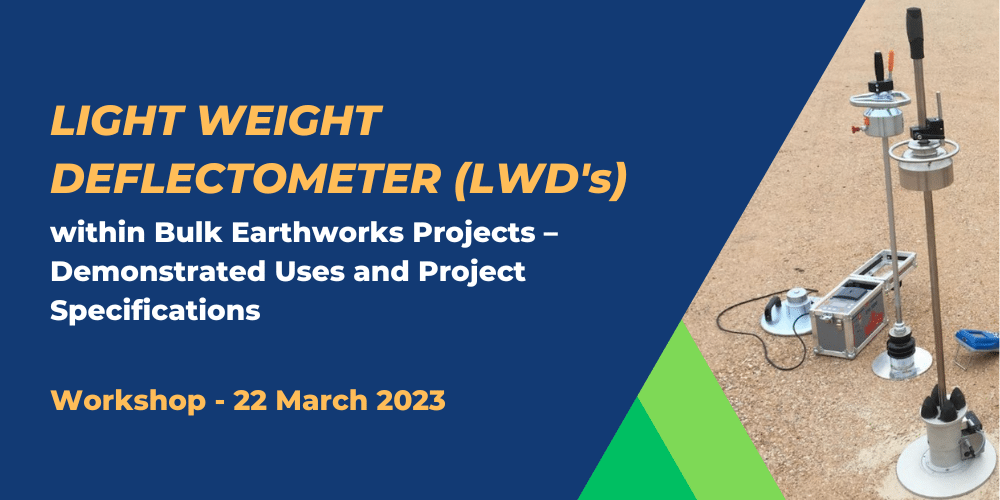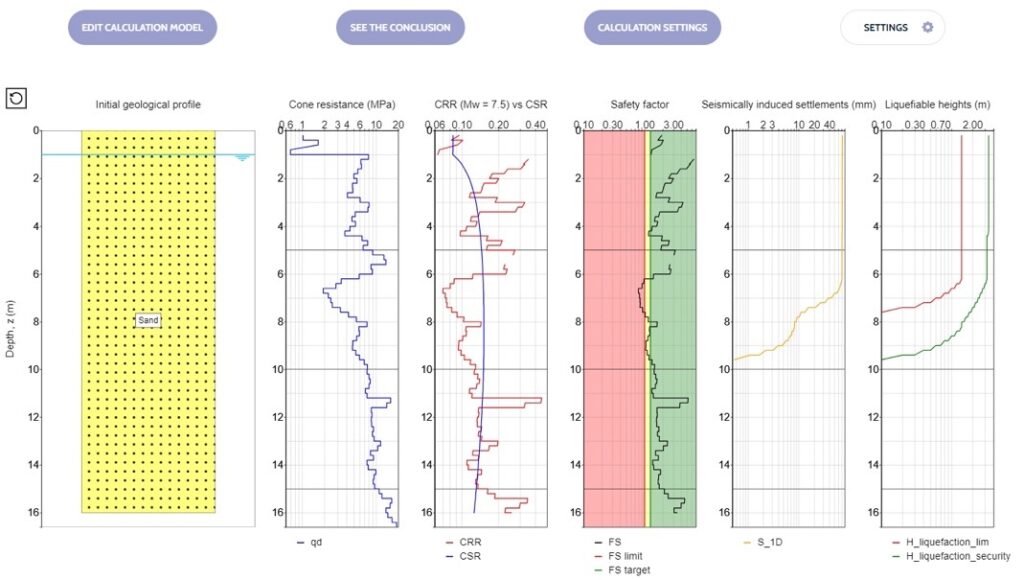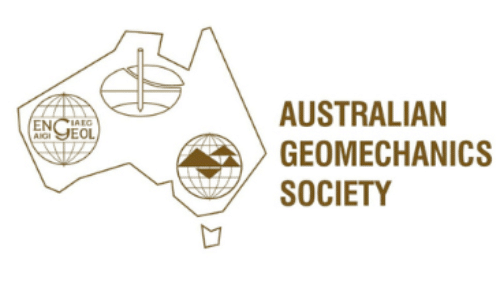Workshop – Light Weight Deflectometers (LWDs) within Bulk Earthworks Projects – Demonstrated Uses and Project Specifications
Don’t miss our upcoming workshop where you’ll learn everything you need to know about using this technology in bulk earthworks projects.This practical hands-on workshop aims to help geomechanics practitioners become confident in using the Light Weight Deflectometer (LWD) as an alternative method for verification of earthworks compaction, using worked examples and case studies.
The workshop target audience is:
- pavement designers,
- civil and geotechnical engineers (consultants and contractors); and
- laboratory managers.
LWDs offer innovative solutions to an industry that is currently utilising 1970s technologies, requiring nuclear sources to be present onsite and is beset with staff and skill shortages. In this context, the use of LWDs reduces the time taken to complete the insitu testing, the time lag between testing and reporting, automates recording of test results and removes the need for nuclear sources to be mobilised around construction sites. In addition, LWDs allow the insitu, direct measurement of design parameters, and reduce the need for use of generic parameters to relate site test results to design adopted inputs. The workshop will focus on bulk earthworks applications, like embankments and sub-grades.
Draft QLD DTMR “Guidance on Use of Light Weight Falling Deflectometers (LWDs) to be Accepted as an Alternative Method for Verification of Earthworks Compaction Requirements” within an QA regime was released in 2021.
The workshop will build from the basics of compaction right through to really understanding LWD’s and the interpretation of results. We will pull apart the draft QLD DTMR Guidance and help attendees to apply this method specification in practice, using real world data and worked examples.
Attendees will also gain insights from projects where this approach was developed and refined into specifications that were adopted for onsite works; including major NSW and QLD infrastructure projects.
Your educators are those who have been facilitating the implementation of LWD’s for more than 15 years, and include pavement designers, geotechnical engineers, laboratory managers and contractors.
We cannot wait to share the full line up with you!
Primary Presenters:
|
Secure your tickets now and join us for an informative, practical and engaging session!
I have known the team at Insitutek for over ten years. Their professionalism, positivity and enthusiasm for their work is outstanding and I am pleased to recommend them.
Since hiring the LWD I have used it on numerous jobs in a wide variety of material types all over WA. The ability to give “real time” test results have worked particularly well for me as i can show my clients numerical values which gives them a direct understanding of some of the benefits using Betta Roads has brought to their road construction projects. The feedback I have been receiving over the last few months has lead me to purchase the LWD and incorporate its use as an integral part of our projects.
Insitutek is our partner overseas for our test equipment. Ask them for a presentation or training for our products. I am sure you will be satisfied. They are a reliable and very kindly partner.
Insitutek Blogs
We find clients are often looking for ways to improve geotechnical testing outcomes and do it more efficiently at the same time. This drives their buying decision making. Australian Soil and Concrete Testing (ASCT) was a case in point when they were searching for Plate Load Test equipment for their upcoming Collector Wind Farm project. Some of the things that motivated them include: […]
We are excited to introduce the addition of a new Liquefaction Risk Estimation module in WebSprint©. Paired with our cutting-edge products, PANDA® and GRIZZLY®, this module enables you to assess the liquefaction risk of soils exposed to seismic stress. PANDA® Instrumented DCP: This cutting-edge tool provides dynamic penetrometer soundings, delivering precise data crucial for seismic risk evaluations. GRIZZLY® […]
The Australian Geomechanics Society is gearing up for a series of geotechnical events across VIC, WA, NSW, and SA-NT. We are thrilled to inform you that we will be sponsoring and attending these exciting geotechnical events, and we would love for you to join us. It’s a fantastic opportunity to catch up, explore our booth (VIC), and stay informed about […]






